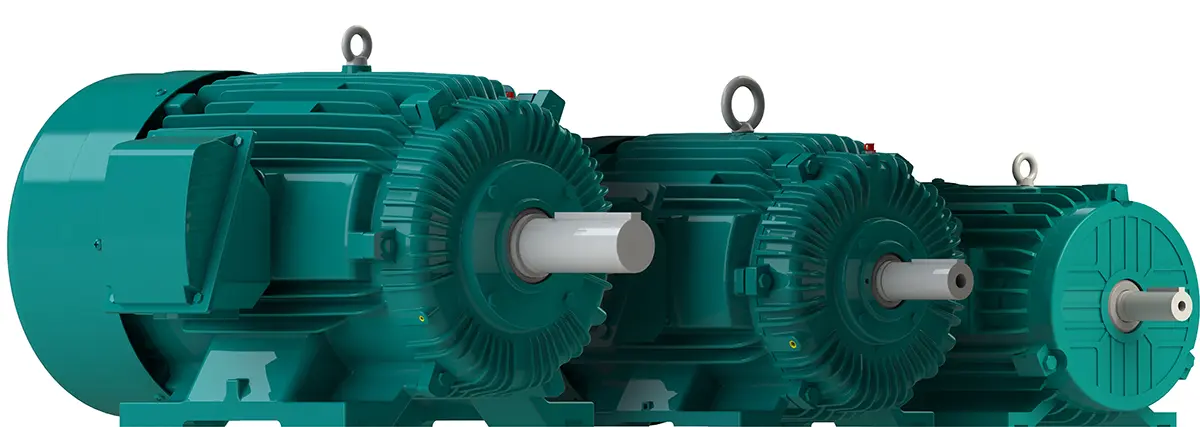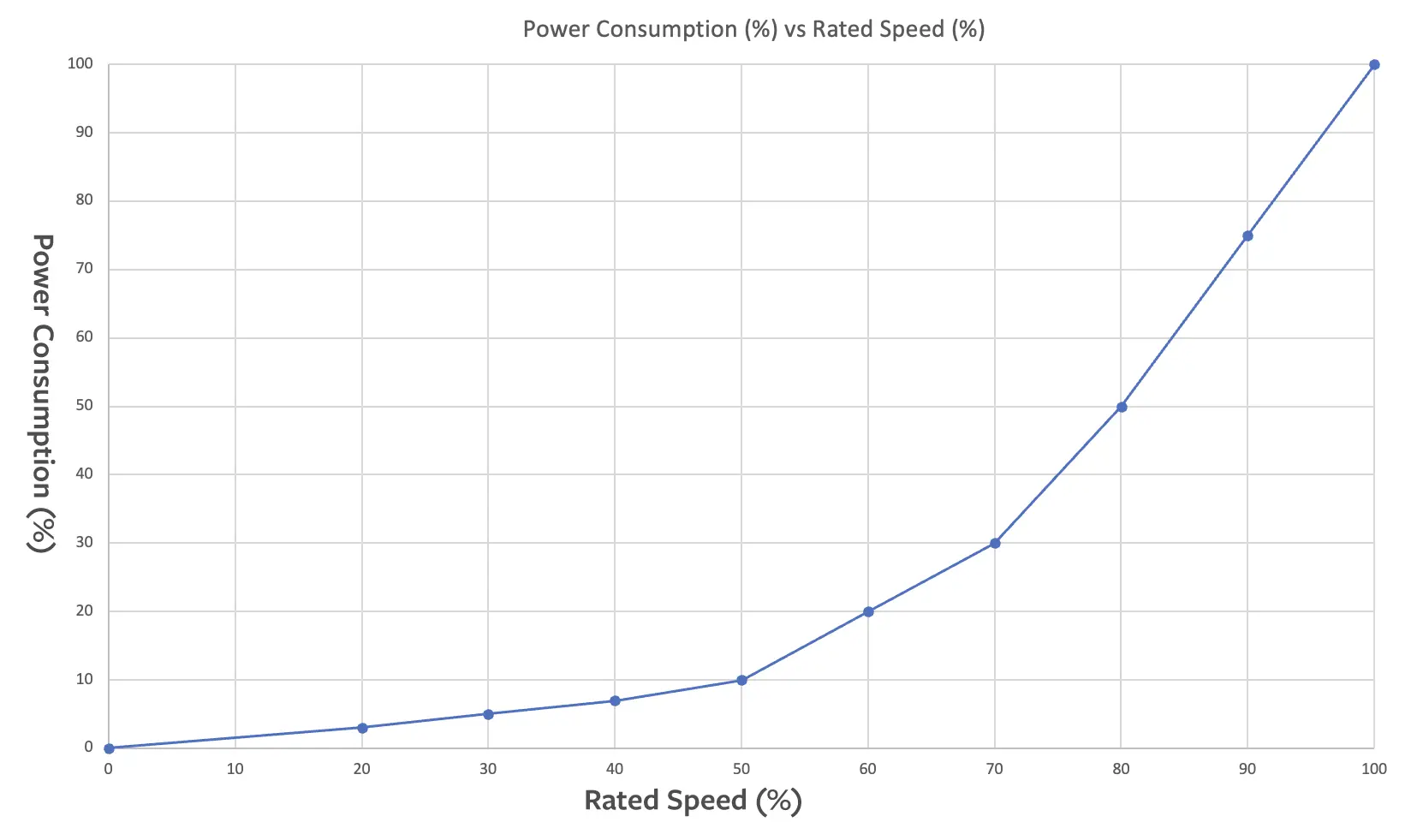Three-phase electric motors play a pivotal role in various industrial applications, and optimizing their efficiency is crucial for minimizing energy consumption and operational costs. The adage is that in today’s Electrical Grid, globally and especially in the United States, Electric Motors utilize just over half of the overall energy consumption. This article provides a straightforward guide on our industry’s responsibility for improving the efficiency of 3-phase electric motors for the betterment of all.
Proper Motor Sizing
Selecting the right motor size for the specific application is paramount. Oversized motors can result in increased energy losses and reduced efficiency, particularly during partial load conditions. Energy loss is partially due to 30-50 percent of the amperage/current drawn by an Electric Motor being from the motor itself. Design or Brake HP is critical when determining the correct motor for an application. For example, the difference in efficiency of a 10hp when using 25% of its load vs 100% load is ~80%~ vs ~86%~.

Maintain Optimal Operating Conditions
Efficient operation of 3-phase motors relies on maintaining optimal operating conditions. Ensure that the motor operates within its rated voltage and frequency specifications. Deviations from these values can lead to increased energy consumption and decreased efficiency. The best combative measure to this is to minimize voltage drop to the motor. Utilizing a line booster between the power supply to the starter or starter to the motor will ensure Ohm’s law of volts down and amperage up does not take effect. Another overlooked measure in an application is the environment, notably temperature and debris. Lower temperatures will thicken the additives in grease, while debris will cause friction inside the mechanically rotating devices inside of the motor. Both effect motor efficiency.
Regular Maintenance
Routine maintenance is essential for preserving motor efficiency over time. Procedures include inspections, lubrication, and replacement of worn-out components and are usually more common practices to extend the mechanical life of a motor. However, dirty or misaligned parts can contribute to energy losses, reduce overall performance, and significantly affect a motor’s electrical consumption.
Use of Variable Frequency Drives (VFDs)
Utilizing Variable Frequency Drives allows for better motor speed control, matching it with the specific load requirements. By adjusting the frequency supplied to the motor, VFDs enable the operator to narrow in on the exact speed required, reducing energy consumption during periods of lower demand. Here is a graph showing how quickly energy consumption decreases while motor speed decreases.

Monitor Motor Performance
Implement a monitoring system to track the motor’s performance regularly. Monitoring can help identify inefficiencies, abnormal operating conditions, or potential issues early on, allowing for timely corrective actions and preventing unnecessary energy waste. New motor monitoring device technologies providing forecasted maintenance are improving every year.
Conclusion
Improving the efficiency of 3-phase electric motors is a multifaceted task that requires careful consideration of various factors. From proper sizing and regular maintenance to advanced technologies like Variable Speed Drives, always consider models with modern and energy-efficient designs that follow NEMA guidelines. A systematic approach can yield significant energy savings and enhance the overall performance of these critical components in industrial settings, providing ample savings to facilities worldwide.

Author | John Bennett | Inside Sales Team Lead | WorldWide Electric Corporation
John has over 12 years of rich experience spanning various functions in the Electrical Rotating Equipment field, from HVAC and Facilities Management to working at a Motor Shop. That is coupled with over a decade at WorldWide Electric, he now leads an Inside Sales team, guiding customers in identifying and specifying motors, gears, controls, and generators across numerous industries.


